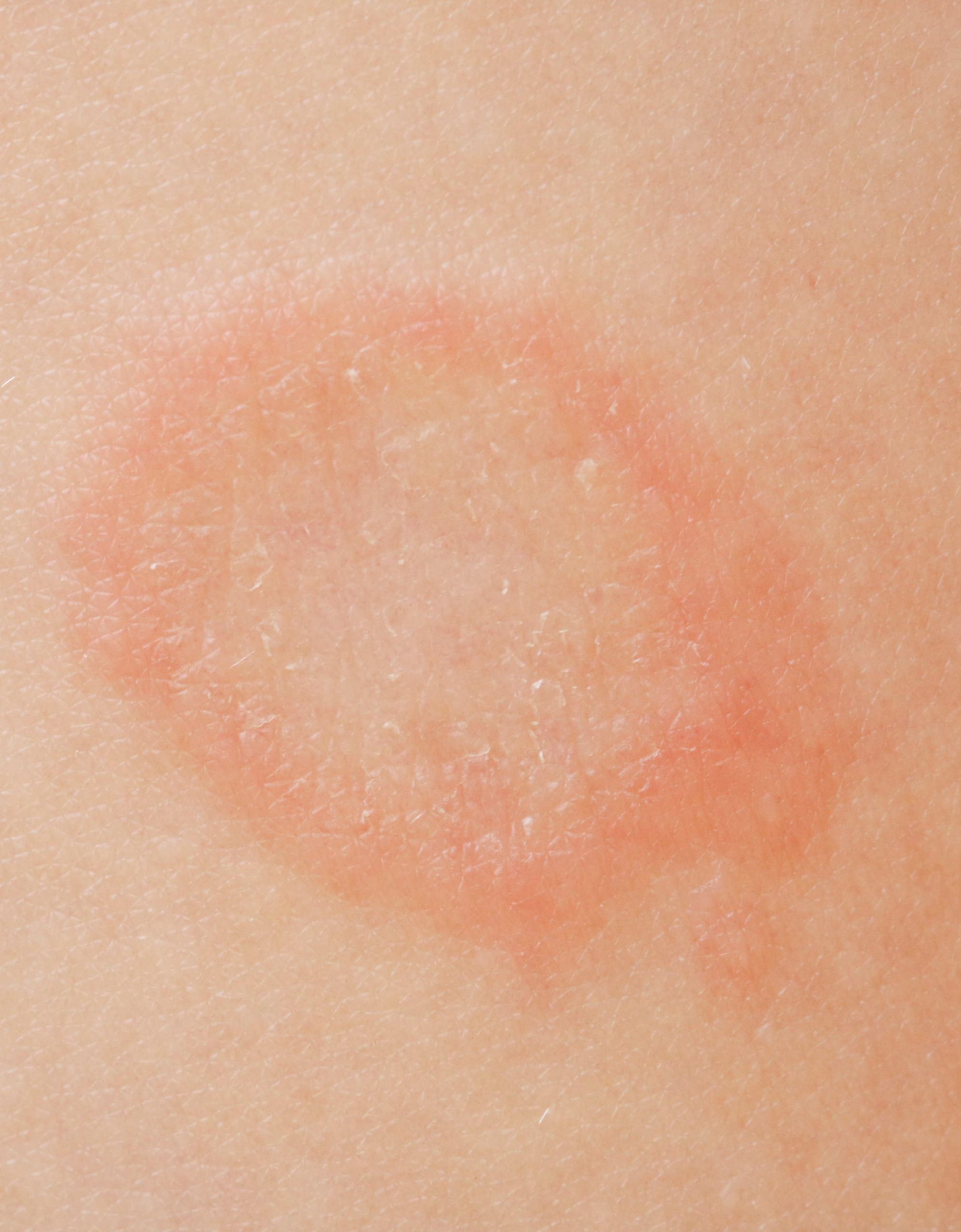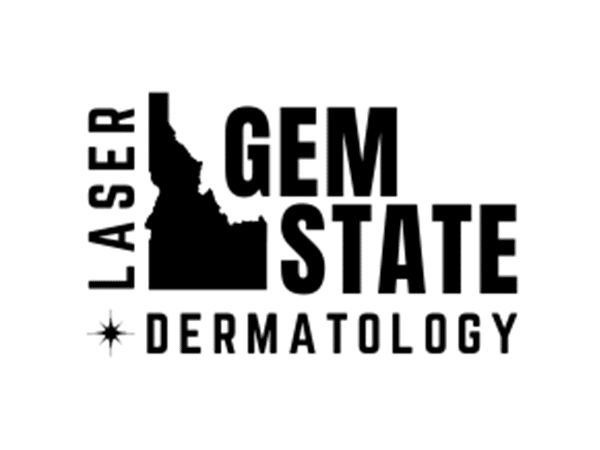
Fungal, Yeast, and Viral Infections
Herpes Simplex Virus (HSV)
CAUSES: Herpes simplex virus 1 & 2 (HSV-1 & HSV-2) may occur once or return again and again. Both HSV-1 (which produces most cold sores) and HSV-2 (which produces most genital herpes) are contagious. HSV begins as a group of small red bumps that blister. You may notice itching, burning or discomfort before the rash appears. The blisters begin to dry up after a few days and form yellow crusts. The crusts gradually fall off and leave slowly fading red areas. The whole process takes about 10-14 days. It can leave scars. The very first infection may go unrecognized but often it causes fever, general illness & muscle soreness. Once you have had a herpes simplex infection, the virus becomes permanently established in your nerve tissue. Recurring herpes results from activation of this virus. Between attacks the virus lives quietly in nerve tissue. Fever and sun exposure are the most common factors that trigger HSV-1 outbreaks. Commonly the virus becomes activated without any apparent reason. Rarely the infection can spread to the central nervous system and be dangerous.
CONTAGION: Like most other viruses, HSV is contagious to people who have never had the infection before. It can be spread when an infected person is producing and shedding the virus. Herpes simplex virus can be spread through contact with saliva from sharing drinks, utensils, lip balm, razors, sharing towels, kissing, or sexual contact. Studies have shown that the virus can be shed from asymptomatic carriers. In other words, the virus can be spread from skin that has no active blisters or lesions.
TREATMENT: Currently, there are several medications available that are similar in action. These include Acyclovir, Famciclovir (Famvir) and Valacyclovir (Valtrex). They interfere with the growth of the virus. It is important to start treatment as early as possible. The purpose of these medications is to stop the spread of the virus. It does not immediately heal the rash or speed the healing of blisters and scabs already there. If you begin treatment early, it will likely shorten the course of your outbreak. Once blisters and crusts have formed, time is required for them to heal. Side effects from these medications are rare. There are two simple remedies that will make you more comfortable while you are getting over a herpes outbreak. While there is oozing and crusting, compress with either diluted vinegar or a tea solution will make you more comfortable. Mix two tablespoons of white vinegar with one quart of lukewarm water; or use a single tea bag in one cup of water and apply to your blisters with a clean cloth for 10 to 15 minutes, 2-3 times a day. Later on, when the blisters become yellow and crusted, you can relieve any cracking and dryness with small amounts of plain white petrolatum (Vaseline or Aquaphor).
PREVENTION: At present, there are only two ways to prevent recurring herpes simplex: (1) continuous daily intake of an antiviral medication and (2) protection from sunlight if sun is a trigger factor for you. Taking an antiviral medication on a daily basis over many months may be of benefit if you are plagued with frequent and disabling attacks of herpes. Studies using the over-the-counter medication Lysine to prevent recurrence suggest this can work in some cases. If sunlight activates your herpes simplex, use a sunscreen on and around your lips when you go outdoors. If you have any other questions or concerns, please do not hesitate to call our office.
INTERTRIGO (SKIN FOLD RASH)
Intertrigo is any infectious or noninfectious inflammatory condition of two closely opposed skin surfaces also known as skin folds or intertriginous areas. In these areas, skin can rub against skin, creating friction and irritation. In addition, the warm moist environment of the skin folds is ideal for the growth of yeast and bacteria. These factors lead to a rash.
All patients have normal germs on the skin including yeast and bacteria however they do not usually cause any problems. However, these germs can become a problem in the folded areas because they sit on top of the irritated skin and impede the healing.
In order to treat a skin fold eruption, two medications are often used. The first medication is Hydrocortisone, which treats the irritation, redness, and itching aspect of the problem. Then a second medication, such as Clotrimazole, treats the germs that are impeding the healing. Most patients mix small amounts of each cream in their hand and then apply the creams to the needed area.
Intertrigo can come back, especially in hot, humid weather. Some patients are more prone than others to developing this problem. To prevent recurrence, it is helpful to keep the area dry and wear loose-fitting clothes. A powder, such as Zeasorb AF, is recommended to keep these areas dry.
Fortunately skin fold rashes are usually a minor skin irritation problem and the medicated creams that are used provide very effective control. If you have any questions or concerns please do not hesitate to call our office.
TINEA VERSICOLOR
Tinea versicolor is a common benign superficial yeast infection usually characterized by light or dark spots on the skin. It is most commonly found on the chest and back. Excessive heat and humidity are predisposing factors. Even though tinea versicolor is caused by fungus, it does not spread from one person to another. Some people have mild itching with tinea versicolor but most people are asymptomatic. A variety of topical and oral agents will eliminate the organism but relief is usually temporary and recurrences are common (60-80%).
TREATMENT: For small areas, apply over the counter Clotrimazole cream twice daily for 2-3 weeks. You can also treat the rash with medicated shampoos. Apply Nizoral (ketoconazole) or Selsun Blue (selenium sulfide) shampoo for 5 minutes to entire scalp and body, then rinse. Do this daily for 2 weeks. If larger areas are affected, oral medication is available.
Once clear, it is often necessary to prevent recurrence. Apply Nizoral (Ketoconazole) or Selsun Blue (selenium sulfide) shampoo for 5 minutes to entire scalp and body and then rinse. This may need to be repeated periodically (i.e. weekly or monthly, depending on rate of recurrence). When the yeast has cleared, the area should no longer be scaly but the color change in the skin can take weeks to months to completely fade. One clue that the yeast is still active or has recurred is that the area is scaly when lightly rubbed.
We're Here Whenever You Need Us
Phone
Fax
(208) 424-5072
Open Hours
Mon - Fri: 7:30AM - 5:00PM
Address
Boise, ID 83706

